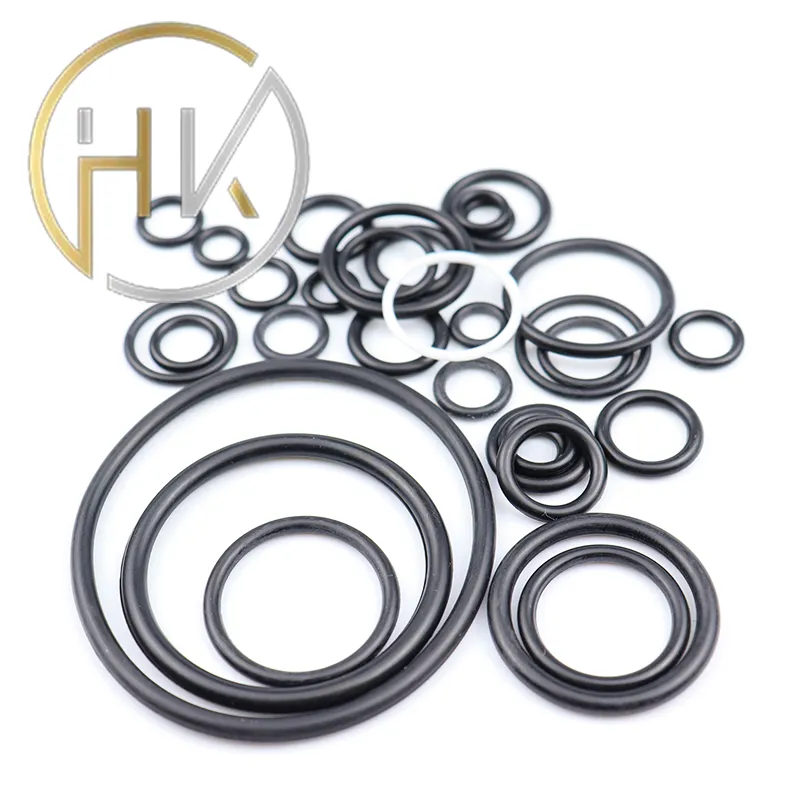Aug . 13, 2024 13:22 Back to list
Comparison of Dust Seals and Oil Seals in Mechanical Applications for Enhanced Performance and Longevity
Dust Seal vs Oil Seal Understanding Their Roles and Differences
When it comes to machinery and equipment, seals play a critical role in ensuring optimal performance and longevity. Two common types of seals used in various applications are dust seals and oil seals. While both serve the fundamental purpose of protecting internal components, they operate under different principles and serve distinct functions. Understanding the differences between dust seals and oil seals can help in selecting the right type for specific applications, thus enhancing the reliability and efficiency of machinery.
What is a Dust Seal?
Dust seals, often referred to as lip seals or dust wipers, are designed primarily to prevent contaminants such as dirt, dust, and moisture from entering the internal components of a machine. These seals are typically installed on rotating shafts, and their main function is to create a barrier against particulate matter that could potentially cause wear and damage. Dust seals are made from materials that are resistant to wear and can withstand various environmental conditions.
The design of a dust seal typically includes a flexible lip that maintains contact with the shaft surface. This contact creates a tight seal, which is crucial to keep harmful particles out. Dust seals can be found in various applications, ranging from automotive systems to industrial machinery and even household appliances. The longevity of a dust seal depends on the materials used in its construction and the operating environment, including temperature variations and exposure to chemicals.
What is an Oil Seal?
Oil seals, also known as rotary shaft seals or fluid seals, are specifically designed to retain lubrication oil within mechanical components while preventing oil leakage. They serve a vital function in ensuring that lubricants stay where they are needed, which is essential for reducing friction and wear, maintaining optimal temperature, and preventing premature failure of machine parts.
Similar to dust seals, oil seals also feature a flexible lip that forms a seal around rotating shafts. However, oil seals are engineered to handle specific pressures and lubricants, making them crucial in applications that involve fluid movement. These seals are often made from materials such as rubber or synthetic compounds that can withstand the oily environments and high temperatures associated with their applications. Oil seals are commonly found in engines, gearboxes, and hydraulic systems, where they play a pivotal role in maintaining oil integrity.
dust seal vs oil seal

Key Differences
Although dust seals and oil seals share similar designs and basic functions of sealing, their applications and specific purposes are quite different
. Here are some key distinctions1. Primary Function Dust seals are aimed at keeping contaminants out, while oil seals focus on retaining lubricants and preventing leaks.
2. Environment Dust seals are mainly exposed to particulate contaminants in the environment, whereas oil seals operate in environments where oil is present, often under pressure.
3. Material Composition The materials used for dust seals are selected for their wear resistance and environmental durability. In contrast, oil seals are made of materials that can withstand oil exposure and higher temperatures.
4. Installation Locations Dust seals are often seen in applications where exposure to dirt and debris is a concern, while oil seals are commonly installed in systems that require oil retention to ensure proper lubrication.
Conclusion
In summary, both dust seals and oil seals are integral components in machinery, each serving its unique purpose. Selecting the appropriate seal for the intended application is crucial for ensuring the efficiency and longevity of equipment. By understanding the differences between these two types of seals, engineers and technicians can make informed decisions that enhance the performance and reliability of mechanical systems.
-
TCN Oil Seal Metal Ring Reinforcement for Heavy Machinery
NewsJul.25,2025
-
Rotary Lip Seal Spring-Loaded Design for High-Speed Applications
NewsJul.25,2025
-
Hydraulic Cylinder Seals Polyurethane Material for High-Impact Jobs
NewsJul.25,2025
-
High Pressure Oil Seal Polyurethane Coating Wear Resistance
NewsJul.25,2025
-
Dust Proof Seal Double Lip Design for Construction Equipment
NewsJul.25,2025
-
Hub Seal Polyurethane Wear Resistance in Agricultural Vehicles
NewsJul.25,2025
-
The Trans-formative Journey of Wheel Hub Oil Seals
NewsJun.06,2025
Products categories
















